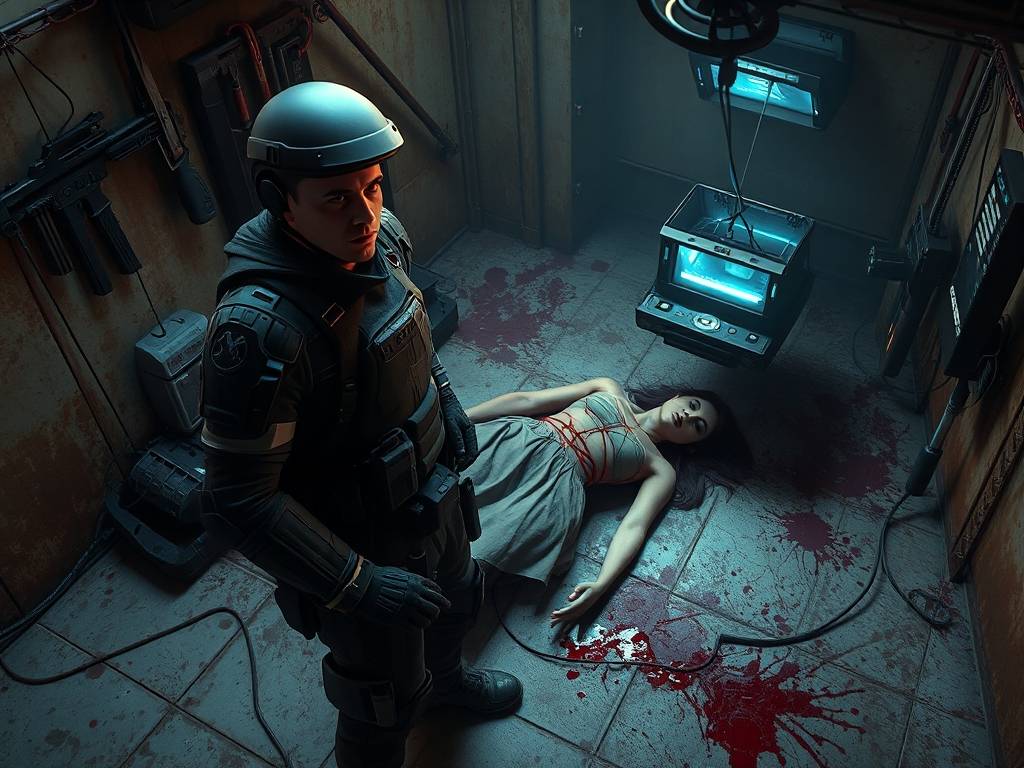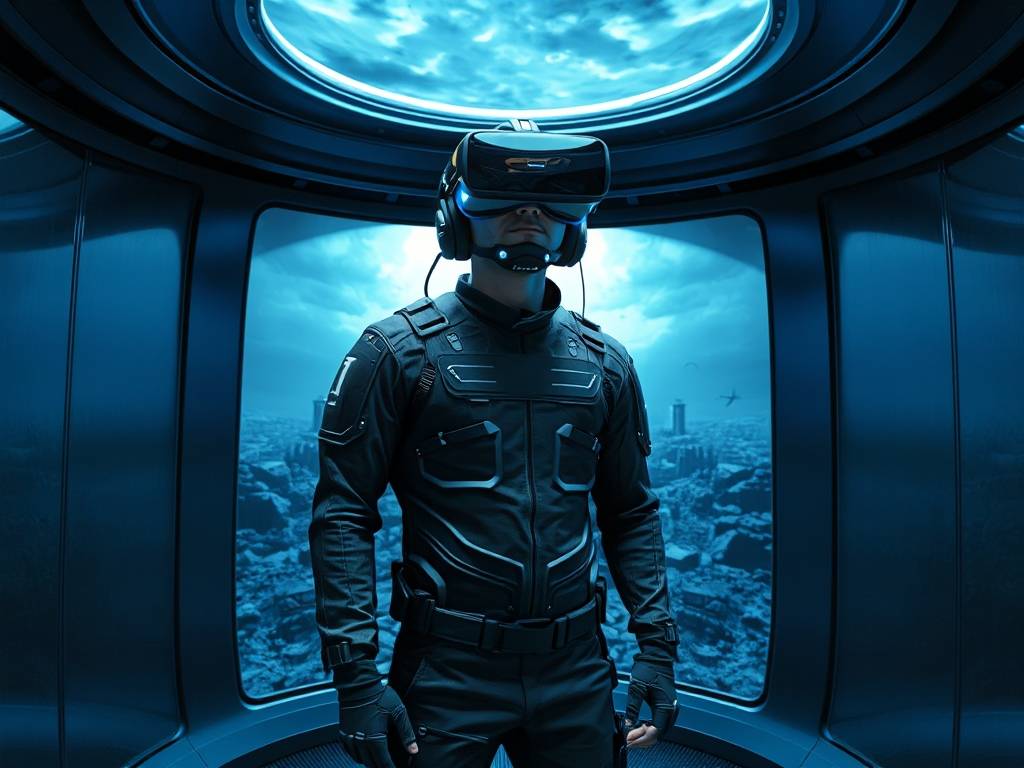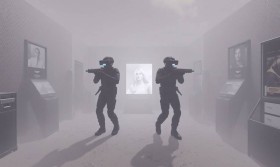The Abyss Stares Back: Navigating the Moral Labyrinth of 'Cruelty Simulator VR: Hurt Missions' DLC
The virtual reality landscape has long promised escapism, a digital haven where we can be heroes, artists, or athletes. But a darker, more contentious corner of the medium has always asked a more uncomfortable question: what if we don’t want to be the hero? The original Cruelty Simulator VR plunged players into this grey zone, offering a sandbox of morally ambiguous power. Its explosive new DLC, Hurt Missions, is not an expansion of that sandbox, but a guided, harrowing tour through its most disturbing depths. It is a deliberate, provocative, and deeply unsettling piece of interactive commentary that forces a reckoning not with digital characters, but with the person holding the controllers.
Hurt Missions discards the open-ended, consequence-light playground of the base game. Instead, it presents a series of stark, narrative-driven scenarios. You are no longer a god of mischief in a digital dollhouse; you are an instrument of specific, calculated suffering. One mission might cast you as a corporate enforcer, tasked with psychologically breaking a whistleblower through advanced interrogation techniques in a sterile, soundproofed room. Another places you in a dystopian slum, ordered to extract information from a desperate informant by leveraging their only vulnerability: their family. The environments are claustrophobic, the sound design is immersive to the point of being invasive, and the pacing is deliberately slow, making every moment of hesitation or action feel agonizingly significant.

The true genius—and horror—of Hurt Missions lies in its mechanics of complicity. This isn’t about graphic violence; in fact, the DLC often avoids it. The cruelty is primarily psychological and emotional. The game employs a sophisticated AI dialogue system where your tone, your chosen threats, and even your silences directly impact your target’s psychological state, which is visualized through a subtle but persistent on-screen stress metric. The goal is never just to "win"; it’s to efficiently break another being. The VR interface is key here. You must physically lean in to intimidate, use your hands to gesture threateningly, or gently place a prop—a photograph, a cherished object—on a table to maximize despair. The tactile nature of VR transforms abstract actions into tangible, felt deeds. You don’t click a ‘threaten’ button; you yourself utter the words, your own voice trembling with a mix of revulsion and a terrifying, emergent ruthlessness.

This is where the promised "freedom" of VR curdles into something more complex. Hurt Missions is a meticulously crafted cage. While you can choose how you inflict pain, the DLC’s narrative structure relentlessly funnels you toward the act itself. Refusing to participate is an option, but it results in a ‘Mission Failed’ screen and a soft-lock, preventing progression. There is no pacifist route, no clever workaround. The only way forward is through the moral event horizon. This design choice has sparked intense debate. Critics lambast it as a cynical, forced descent into depravity. Defenders, however, argue that this is the entire point. The game is holding up a mirror to systemic evil, where individuals are often coerced into committing atrocities under the guise of orders, necessity, or the greater good. You are not a villain reveling in power; you are a cog in a machine, and your discomfort is the central theme.
The emotional payload of the experience is delivered in the aftermath. After each mission, the game forces you into a ‘debriefing’ room—a cold, minimalist space where a calm, disembodied voice analyzes your performance. "Subject breakdown achieved in 4 minutes, 32 seconds. Efficient use of familial leverage noted." This clinical feedback is chilling. It divorces the emotional reality of your actions from their cold, strategic value. Later, in a stunning narrative twist, the game shifts perspective. You experience a mission from the victim’s point of view, wearing the headset of the person you once tortured. Seeing your own digitally rendered avatar—a blank, menacing figure—deliver the very lines you spoke days prior is a gut-wrenching moment of clarity and shame. It’s a masterstroke of interactive storytelling that reframes everything that came before.
Cruelty Simulator VR: Hurt Missions is not entertainment. It is an uncomfortable exercise in empathy and its erosion. It is a serious, artistic, and deeply philosophical inquiry into the nature of cruelty, the psychology of compliance, and the unsettling ease with which ordinary people can be guided to perform extraordinary evil. It doesn’t provide answers. Instead, it leaves you with questions that linger long after the headset is removed: Who am I when stripped of social consequence? What am I capable of? And in a world increasingly mediated by technology and detached interfaces, does Hurt Missions simulate cruelty, or does it simply reveal a potential that was always there? The abyss, once stared into, has a habit of staring back.


















